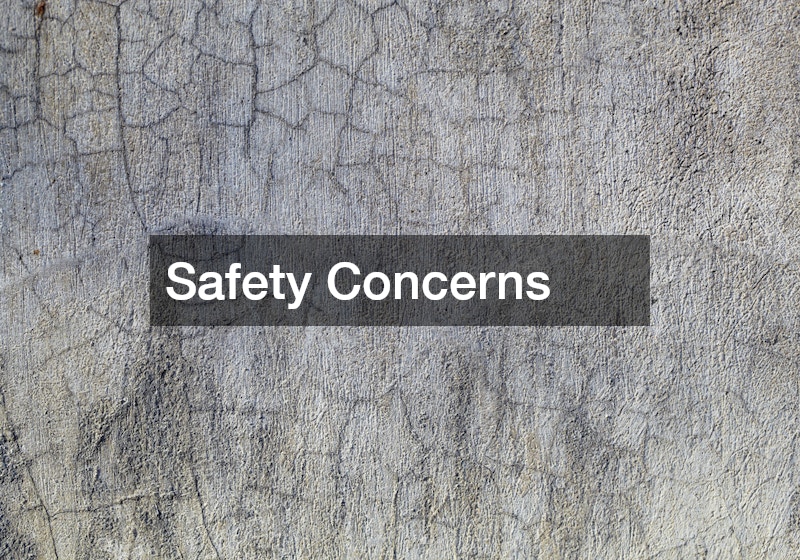Driveway repairs are an essential part of maintaining the exterior appeal and structural integrity of your home. Over time, wear and tear, weather conditions, and heavy usage can lead to deterioration of your driveway. Recognizing the signs that indicate the need for repairs can save you from more costly and extensive damage in the future.
Visible Cracks and Potholes
One of the most obvious signs that your driveway may need repairs is the appearance of visible cracks. These can start small, forming thin lines across the surface, but can quickly expand into larger cracks if left unattended. Factors such as fluctuating temperatures and heavy loads can exacerbate these cracks, leading to a compromised driveway structure.
Potholes are another sign of a driveway in distress, often resulting from prolonged neglect of smaller cracks. When water seeps into these cracks, especially during winter, it can freeze and expand, causing portions of your driveway to break away and form potholes. Not only do these present a tripping hazard, but they can also cause damage to vehicles over time.
Tackling repairs at the stage of visible cracks and potholes is crucial. It is generally more cost-effective to fill and seal small cracks before they develop into larger, more problematic areas. Routine inspections and maintenance can also prevent these issues from escalating.
Drainage Issues
Poor drainage is another factor that might indicate it’s time for driveway repairs. If water pools on the surface of your driveway instead of draining away, it can lead to accelerated wear and further damage. Over time, this standing water can exacerbate surface cracks and even seep through to the sub-layer, weakening the overall structure.
Driveway grading plays a crucial role in effective water drainage. A properly sloped driveway should channel water away from your house and prevent accumulation. If you notice water accumulating regularly, it might be time to consult with a professional to address potential drainage adjustments or repairs.
Effective driveway maintenance involves ensuring that your driveway is properly sealed and graded to mitigate water damage. A regular sealing schedule can reduce the permeability of your driveway, thus ensuring it is less likely to develop water-related issues. Furthermore, addressing drainage issues promptly can prevent long-term structural damage.
Age and Wear
Like any other part of your home, driveways have a lifespan. Driveways made of asphalt or concrete are known for their durability, but even these materials will wear over time. Typically, asphalt driveways can last up to 20 years, whereas concrete can serve for 30 or more years if properly maintained.
Over time, constant exposure to the elements such as rain, sunlight, and temperature fluctuations weakens the driveway material. This wear and tear manifest in faded colors, reduced surface smoothness, and an increased vulnerability to cracks. If your driveway is nearing the end of its expected lifespan, consider it a sensible time to plan for repairs or a potential replacement.
The age of your driveway can often determine the type and extent of repairs needed. A general rule of thumb is that significant repairs or even replacement may be more economical than recurrently fixing deteriorating surfaces if your driveway is beyond half its expected lifespan. Regular assessments can help determine when age and wear have reached a point where repairs are necessary.
Safety Concerns
The safety of those using the driveway is paramount and can be a strong indicator that driveway repairs are necessary. Uneven surfaces, loose gravel in the case of a gravel driveway, and unexpected potholes can pose serious risks to those walking or driving over them. This is particularly crucial for homes with children or elderly people who might be more susceptible to trips and falls.
Regular driveway maintenance not only ensures the safety of your household and visitors but also prolongs the lifespan of the driveway itself. Addressing safety concerns promptly means less worry in terms of liability and extends the life of the pavement. By keeping the driveway well-repaired, you enhance the overall aesthetic and functionality of your home’s exterior.




